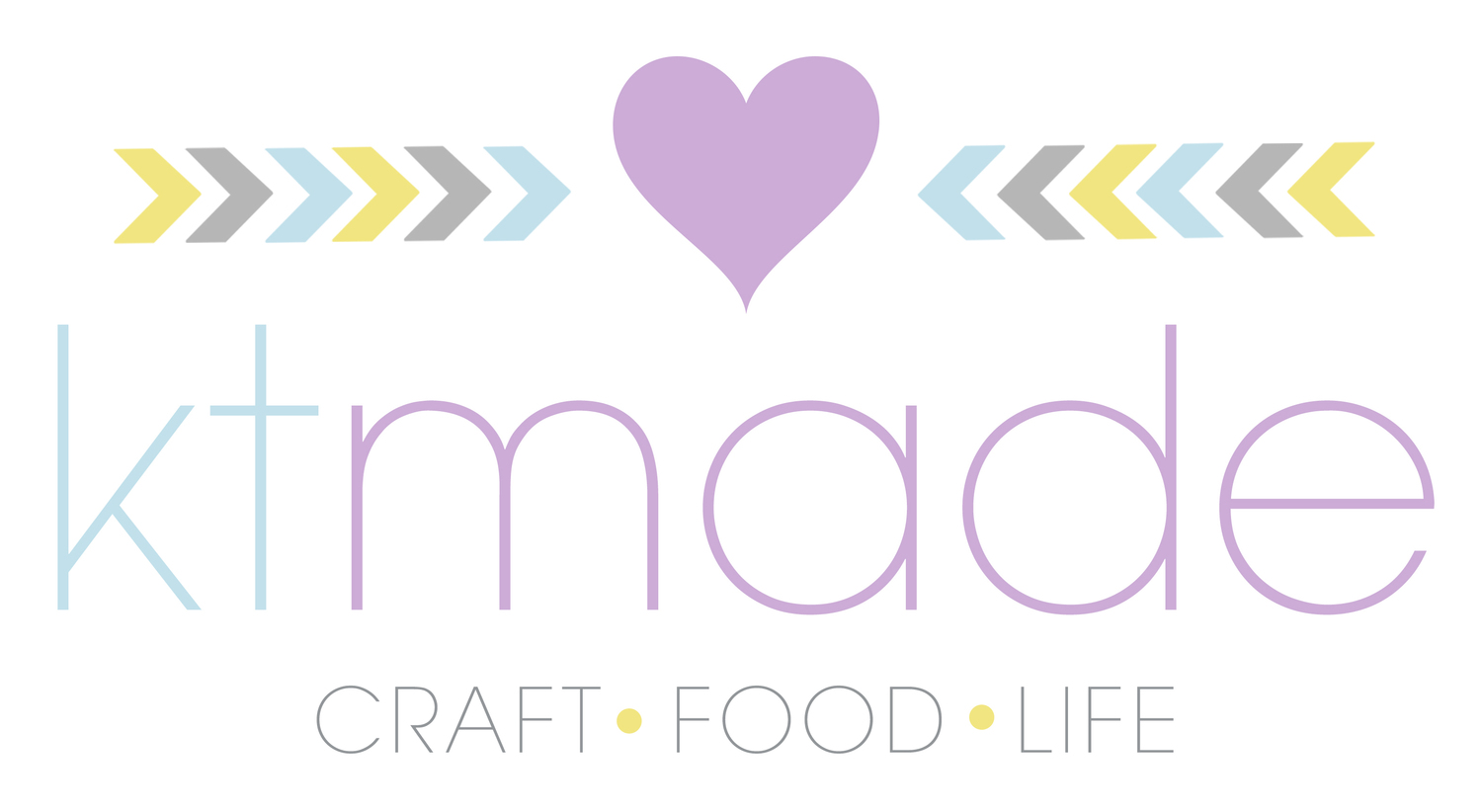Rwanda: East African Kitenge Fabrics
/My sister Hannah met us at the airport in Kigali, and the first thing I noticed in my zombie-like state after 23 hours of travel was the adorable dress she was wearing. Once she told me that it had been made in Rwinkwavu (her village) with fabric she bought at a Kigali market, I became obsessed. Could her seamstress make me a dress too? Could she make more than one? How much did the fabric cost? How much of it could I fit in my bag to bring home? And when, oh WHEN were we going to go to the fabric market???
The fabric I was pining after is called kitenge and is common throughout East Africa. It is a wax print fabric, made by imprinting a pattern of melted wax onto the fabric and then dying it. While many people in Rwanda, especially the men, wear the same type of clothes that we would wear - jeans, t-shirts, etc. - you can't go more than a few steps without seeing women dressed in the more traditional kitenge, especially in the villages. Women wear the beautiful fabric tied around their waists in the style of a sarong or sewn into beautiful dresses. And I saw more adorable babies that I can count wrapped up in little kitenge bundles on their mamas' backs.
Hannah hadn't scheduled our Kigali market trip until our very last day in Rwanda, so I had the rest of the trip to do a little reconnaissance. All that looking out the windows of taxis and buses was great for scoping out which patterns of kitenge I liked the best and what I wanted to be on the look-out for at the market. While there are many different patterns, there isn't the diversity that you would see in a place like the US, so similar patterns kept repeating themselves as I looked around. And Hannah assured me that if I saw a pattern I liked, I was very likely to find it at the market. Armed with this knowledge, I was on the prowl.
The pattern I became most interested in was a repeated fish motif that the staff wore at the inn where we stayed in Gisenyi on Lake Kivu (which lies between Rwanda and the Democratic Republic of Congo).
Here, one of the waiters asked me to take his picture when he spotted me crawling around trying to snap a shot of a particularly agile lizard. And along with his smiling face, I had captured an image of the coveted fish fabric.
Though I was happily snagging several other patterns, the fish pattern was difficult to find. But thanks to Hannah's commitment to the cause and impeccable sense of direction, we traipsed off on foot through Kigali to a third market - this one dedicated exclusively to fabric. With piles and piles of kitenge panels, the task would've been tedious if not for the deliciousness of sorting through gorgeous textiles. And, joyfully, in the last stall we found it! I held it up and waved it around, and I'm fairly certain all the women in there thought I was crazy. But with it wrapped up and safely in my bag, I was a happy traveler.
I'm planning to make it into a skirt (which I'll definitely be sharing here), but I'll have plenty of fabric afterwards to make all sorts of things. With the other kitenge patterns that I brought home, I'm hoping to make all sorts of lovely things, maybe even some cushions to outfit our screened porch. And, of course, Hannah arranged to have both me and my mom measured while we were in Rwinkwavu, so her delightful seamstress Theresa is making us both dresses. Hurray!
I was so grateful to be able to bring home some of the beauty of Rwanda in my bag, and I can't wait to pull together some projects that will bring that color into my home.
Katie


















